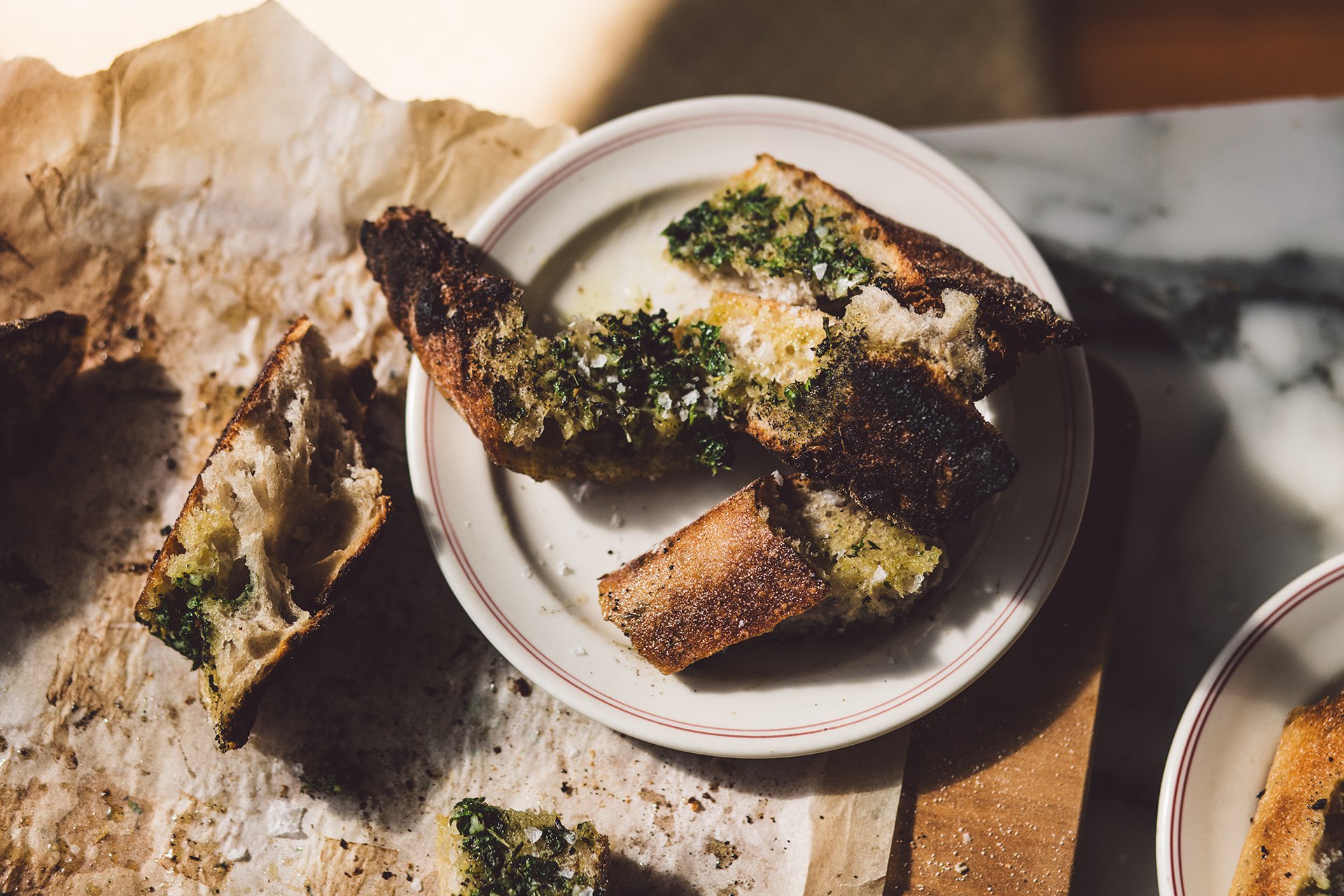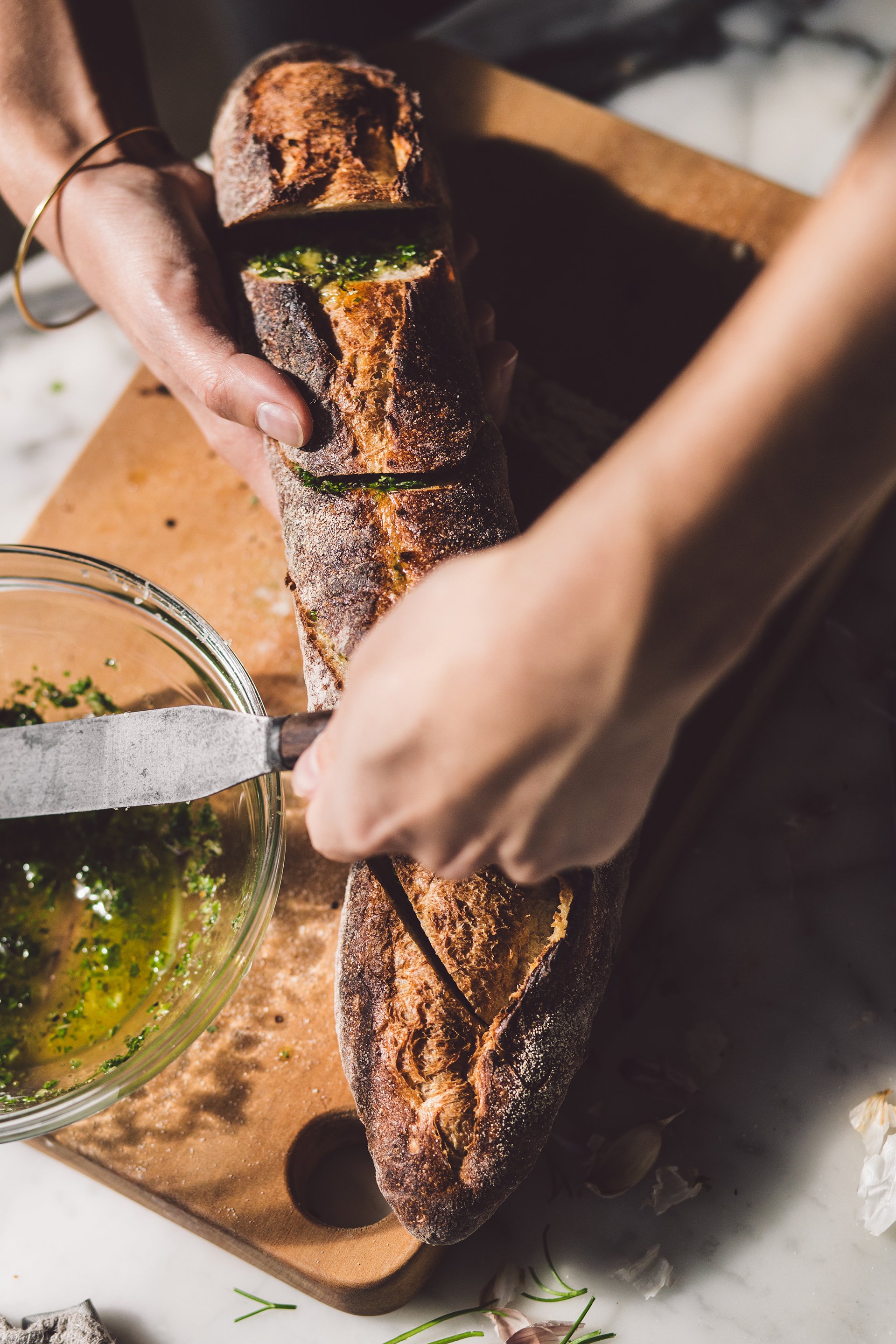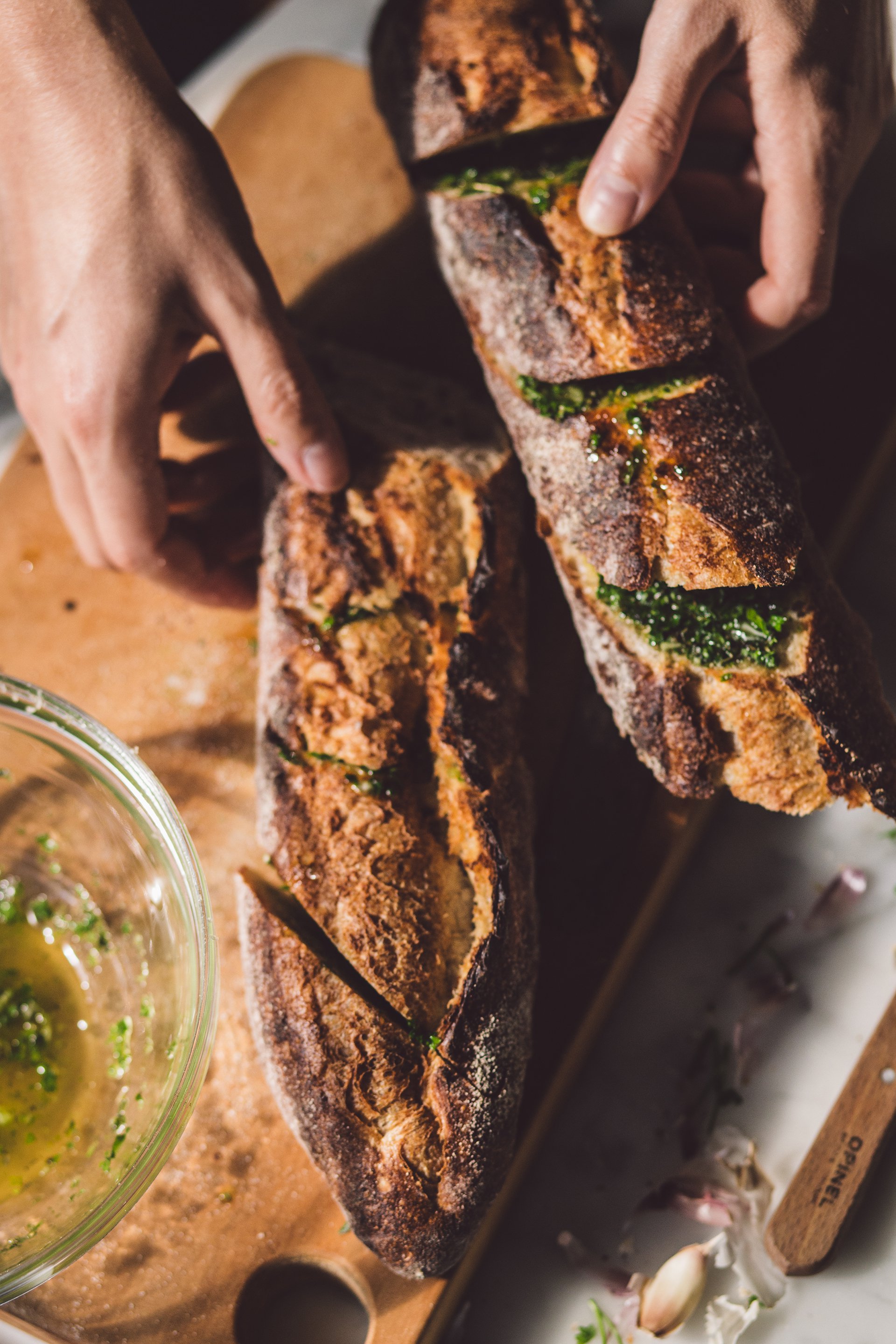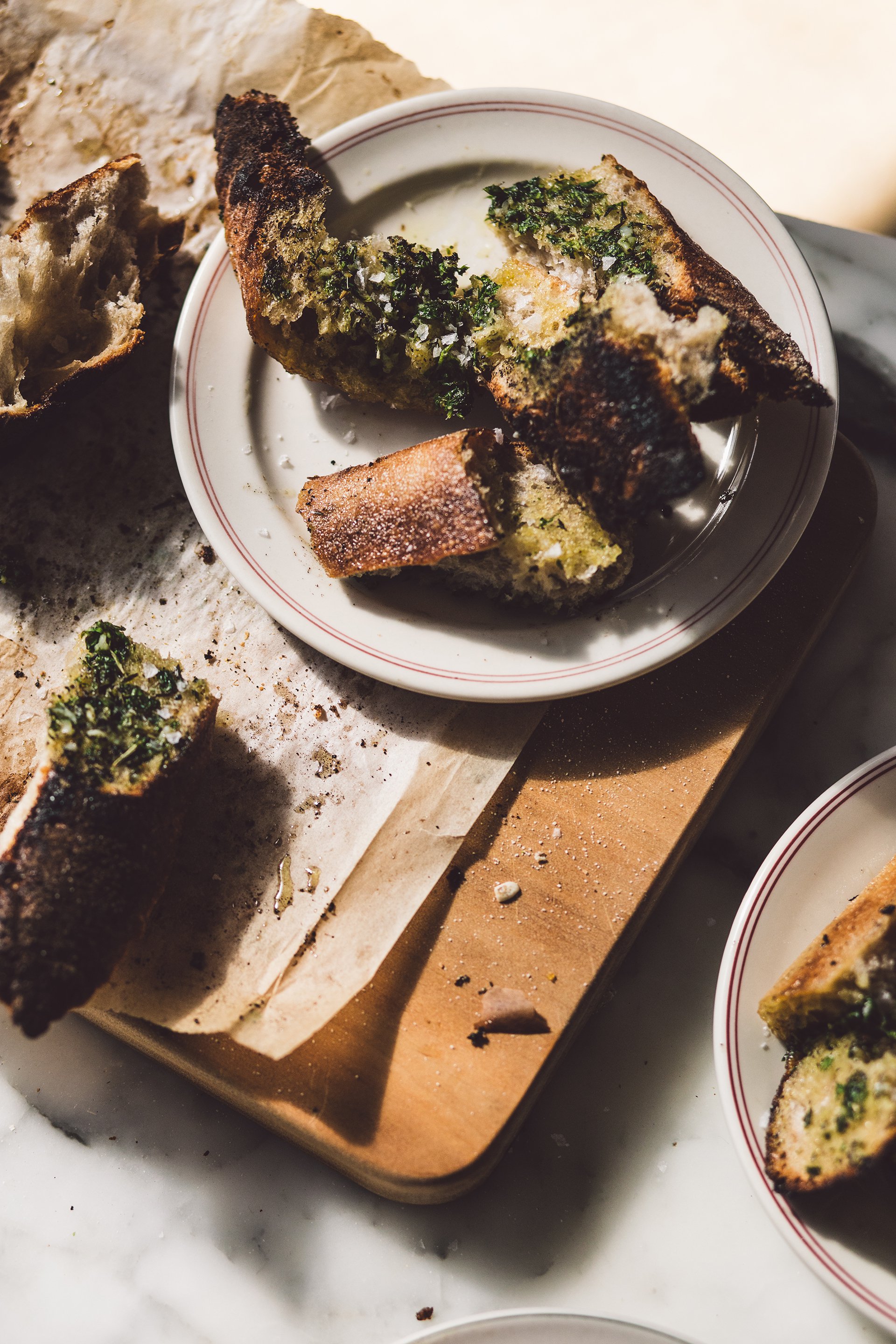Convenience culture has completely normalised highly processed, packaged foods, I think if anything, eating less out of packets in itself is a health move — as much about what these foods contain as it is about what they leave out. For the most part, the food industry creates ultra-processed foods that have taken over our supermarkets, disease and a real sense of disconnect — a spiritual and physiological erosion. Something is being depleted here. And on some level, my food philosophy, centred around eating plants, organic and locally sourced where possible is a deep desire on my part to regain it.
I had never considered how much went into humble staples — bread, for example, or chocolate, any food really until I was studying nutrition at university. And part of the issue is that food is so heavily commoditised. It just shows up at the grocery store. Some foods you will spend more on than others, and I think that is like anything. We are fortunate to have access to incredible sourdough that we have delivered weekly from The Dusty Apron. Daily Bread is another. This baguette is one of theirs. Baking is very physical with long working hours, at the very least, given I can, I choose to sustain those who grow and produce the foods that sustain us. Not that I am advocating for us all to buy $10 loaves of sourdough but rather that we consider that we eat our values.
Being perfectly honest, the kind of bread you choose will define your outcome here. Real bread is about the ingredients, the science. And it also takes time. While bread is considered a high carbohydrate food Lactic Acid bacteria in sourdough reduces starch availability, lowering your glycemic responses. Long fermentation periods reduce and degrade the gluten — a fermented loaf is easier to digest. The fermentation adds depth to flavour and dough strength. Lactobacilli are naturally produced during fermentation creating lactic acid — essential, protective to the gut, helping maintain a healthy digestive system. Also, sourdough is a fermented food like kimchi and tempeh. Sourdough is microbiome friendly bread. Some gluten-sensitive people can still eat sourdough.








